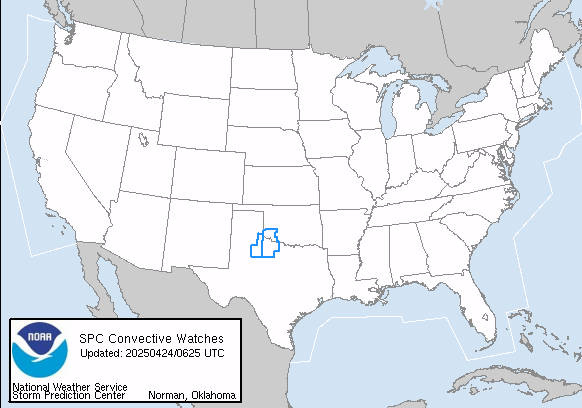Layers Save Lives™
Take Your Personal Safety Seriously Enough to PLAN
WeatherCall Services, LLC, knows that the secret to surviving any life threatening situation is to provide layers of protection. When it is cold outside, you've always known to "dress in layers". The reason is to keep the cold weather from impacting your skin. The more layers, the better chance you have of remaining warm. In parts of the country where sub-freezing temperatures occur frequently, this concept has literally saved millions of lives over the years simply by people putting this simple concept to use. When it comes to sheltering from a tornado, the concept is the same. Most deaths and injuries occur from being impacted by flying debris. The goal in finding shelter is to place as many layers of protection between you and the debris as possible (brick wall, inner wall, hallway wall, hallway door, bath tub). Each time a piece of debris hits a layer it slows, giving you a better chance of survival. The goal is to have that debris be stopped completely so you are not impacted. This same concept applies to how you are notified of a National Weather Service issued tornado warning. If you are counting on one form of communication, between you and the National Weather Service, and that one form fails, you are left 100% vulnerable with no layers of notification. It is similar as going outside into the freezing cold in a swimsuit. Here are suggestions for layers of notification in order of their reliability. Because Layers Save Lives™
As a meteorologist and instructor for FEMA's Emergency Management Institute on emergency information dissemination, social media usage during disasters and meteorology, I test many notification systems for their specificity, timeliness, reliability and accuracy. Here are my suggestions for all the layers you need in place before a tornado warning is issued by the National Weather Service.
- WeatherCall @Home, WeatherCall ToGo and WeatherCall for Schools, delivers warnings to fixed and GPS position changing devices latitudes/longitudes, 24/7/365, often using the trusted voice of a local broadcast chief meteorologist delivers notification of warnings via landline phones, cell phones, SMS-Text messages and emails with storm and address specific images and NWS warning text. The system includes spoken and written information, with visuals. It is the ONLY storm and location specific warning system likely to awaken you from a deep sleep, and the ONLY one with a personal message effective enough to result in taking action. Since several individual phones can be registered, every phone in the house will ring at the same time, including old-fashioned landline phones and all cell phones.
- NOAA weather radio delivers county-wide notification of long and short fuse warnings, with a computerized voice reading the text of the NWS warnings and tone alert when a warning impacts any part of the county for which it is programmed. If it is turned on and properly programmed, it has a chance to awaken you from sleep, if in a proper location to be heard.
- Live local media broadcast facilities, whether cable/satellite, digital antenna or internet narrowcast delivered, frequently transition from programming to severe weather coverage when the weather and broadcast facility objectives meet to deliver timely, reliable warnings, but these companies' reliability in doing so in not always reliable. Tornado Warnings are usually reliable, severe thunderstorm and flash flood warnings far less consistent in their types of coverage.
- Outdoor sirens, usually used for tornado warnings, are meant to be a bell-ringer to those outdoors in nearly perfect weather conditions and vary in being county-wide, or base on a more local warning area. Meant to be heard outside within a 1 mile of the siren’s location.
- Social Media, an increasingly popular medium, if staffed and committed, can be counted on to deliver information only to those connected and actively engaging. IT IS NOT A RELIABLE NOTIFICATION DEVICE, but is a vital layer
- Cell phone apps, though popular, are the most inconsistent and unreliable form of personal notification available, except for a scant handful. I have found one that has the best reliability and location accuracy to be iMap Weather Radio, by Weather Decision Technologies. However, in general apps vary in their location accuracy, the types of warnings that are received, and the method or alerting the cell phone carrier. Several hundred exist in the providers’ online stores, with no standards set for accuracy, reliability, timeliness, or notification. Some will make promises in their description that are misleading, and most are created by non-weather-related companies who are creating a platform to display ads, from which they make thousands of dollars if the app becomes popular. And I want you to think, if I have even a reliable app on one cell phone in my family, and the phone is left downstairs charging overnight, will it awaken you from a deep sleep?
In general, having ALL of the above layers in place is a good step toward being assured your chances of being notified of a National Weather Service warning of an approaching tornado are high. But as a meteorologist living in North Alabama on April 27, 2011, during the most destructive and deadly day in the state's history, I watched layer after layer fail. For those who did not have the WeatherCall products, their chances of being notified dropped to near zero. Yes, zero. Many people, who had counted what they thought were reliable services found out the hard, if not devastating way, that layer had failed, and they were at the mercy of a very angry Mother Nature.
Layers Save Lives™

Brad Huffines
Chief Meteorologist, National Notification Consultant
WeatherCall Services, LLC, WeatherCall on Facebook
This email address is being protected from spambots. You need JavaScript enabled to view it.
http://www.linkedin.com/in/bradhuffines




